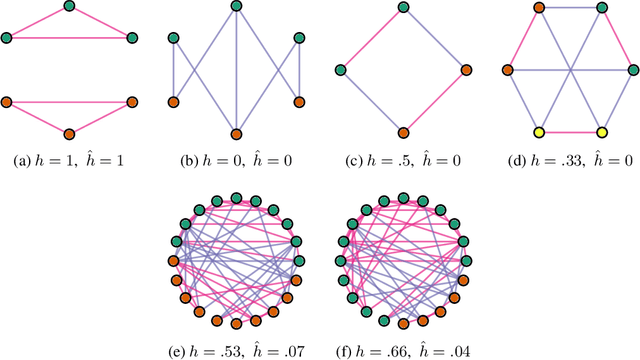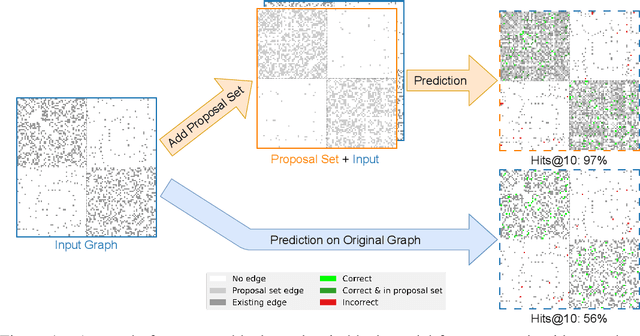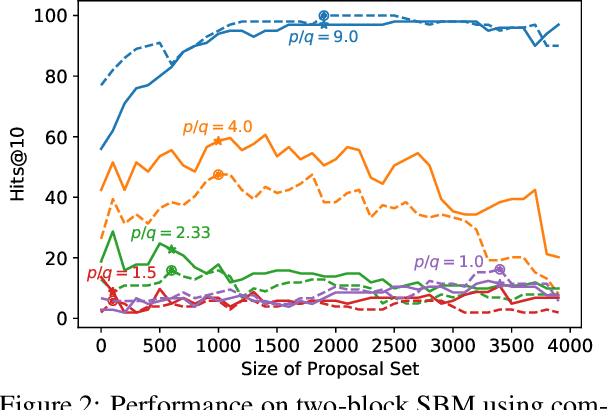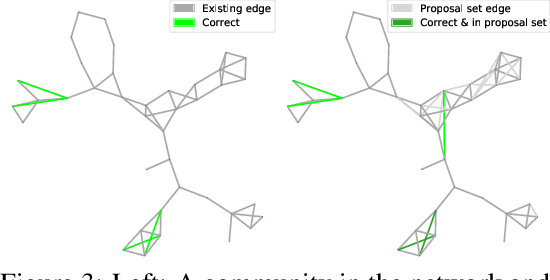Sijia Linda Huang
Large Scale Learning on Non-Homophilous Graphs: New Benchmarks and Strong Simple Methods
Oct 27, 2021



Abstract:Many widely used datasets for graph machine learning tasks have generally been homophilous, where nodes with similar labels connect to each other. Recently, new Graph Neural Networks (GNNs) have been developed that move beyond the homophily regime; however, their evaluation has often been conducted on small graphs with limited application domains. We collect and introduce diverse non-homophilous datasets from a variety of application areas that have up to 384x more nodes and 1398x more edges than prior datasets. We further show that existing scalable graph learning and graph minibatching techniques lead to performance degradation on these non-homophilous datasets, thus highlighting the need for further work on scalable non-homophilous methods. To address these concerns, we introduce LINKX -- a strong simple method that admits straightforward minibatch training and inference. Extensive experimental results with representative simple methods and GNNs across our proposed datasets show that LINKX achieves state-of-the-art performance for learning on non-homophilous graphs. Our codes and data are available at https://github.com/CUAI/Non-Homophily-Large-Scale.
Edge Proposal Sets for Link Prediction
Jun 30, 2021



Abstract:Graphs are a common model for complex relational data such as social networks and protein interactions, and such data can evolve over time (e.g., new friendships) and be noisy (e.g., unmeasured interactions). Link prediction aims to predict future edges or infer missing edges in the graph, and has diverse applications in recommender systems, experimental design, and complex systems. Even though link prediction algorithms strongly depend on the set of edges in the graph, existing approaches typically do not modify the graph topology to improve performance. Here, we demonstrate how simply adding a set of edges, which we call a \emph{proposal set}, to the graph as a pre-processing step can improve the performance of several link prediction algorithms. The underlying idea is that if the edges in the proposal set generally align with the structure of the graph, link prediction algorithms are further guided towards predicting the right edges; in other words, adding a proposal set of edges is a signal-boosting pre-processing step. We show how to use existing link prediction algorithms to generate effective proposal sets and evaluate this approach on various synthetic and empirical datasets. We find that proposal sets meaningfully improve the accuracy of link prediction algorithms based on both neighborhood heuristics and graph neural networks. Code is available at \url{https://github.com/CUAI/Edge-Proposal-Sets}.
 Add to Chrome
Add to Chrome Add to Firefox
Add to Firefox Add to Edge
Add to Edge